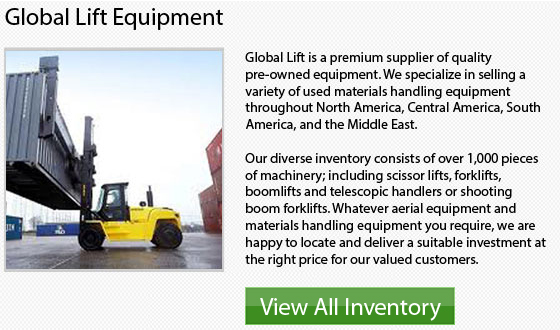
In the distribution of goods business, forklifts play a very vital role. They are capable of efficiently moving product through the distribution process. Then again, they must be utilized safely. Incorrect use of forklifts could cause injury to employees, damage to products, and serious accidents that could result in death.
Safety
Forklifts are fairly safe as long as they are used correctly. Tens of thousands of individuals are seriously injured in forklifts accidents on an annual basis. Dozens are killed in workplace accidents which involve forklifts. The tragedy is that most of these accidents are avoidable with proper training and attention to safety.
Types of Machinery
Depending on the specific type of forklift which would be used on the job, the forklift operator must be trained. A popular kind utilized in warehouse and distribution centers is the sit-down model. Other types of forklifts frequently utilized in industry comprise operator up units, rough terrain units and narrow aisle trucks.
Operator Requirements
Occupational Safety and Health Administration (OSHA) requirements for forklift operators comprise certification involving both practical evaluations as well as classroom study. The three-year certification is not transferable; if changing employers, operators must become recertified.
Load Capacities
Standard forklifts have a load capacity of 1,800 kilograms to 2,200 kilograms. Higher load capacities up to and over 9,000 kilograms are available in several units. The load capacity of a forklift depends on the unit and its options and attachments.
History
Clark and Yale, the top companies in the worldwide forklift business,were the first to develop forklifts. Ever since the forklift was developed during the 1920s, it has gone through many technological changes, particularly leading to enhancements in operator safety and the efficient and safe movement of product.